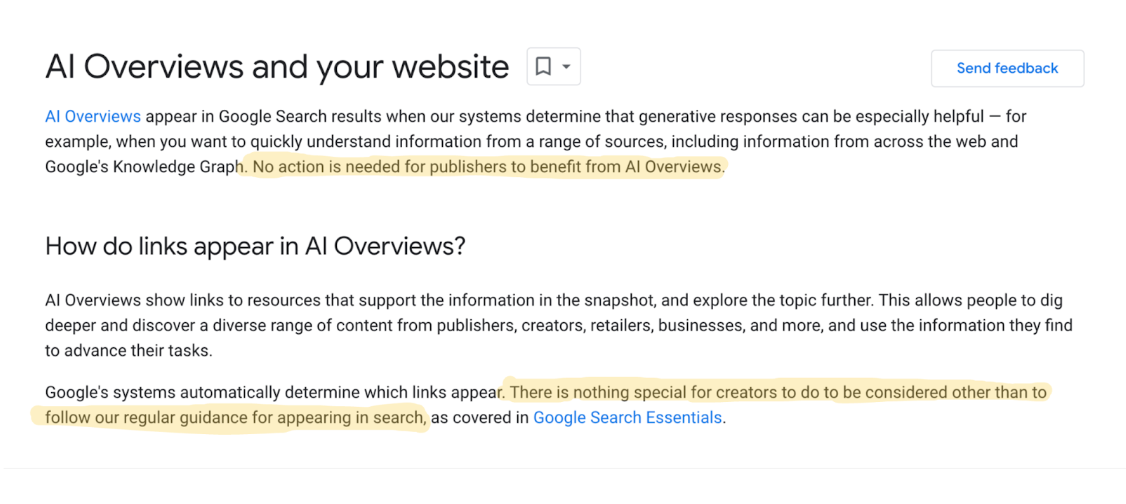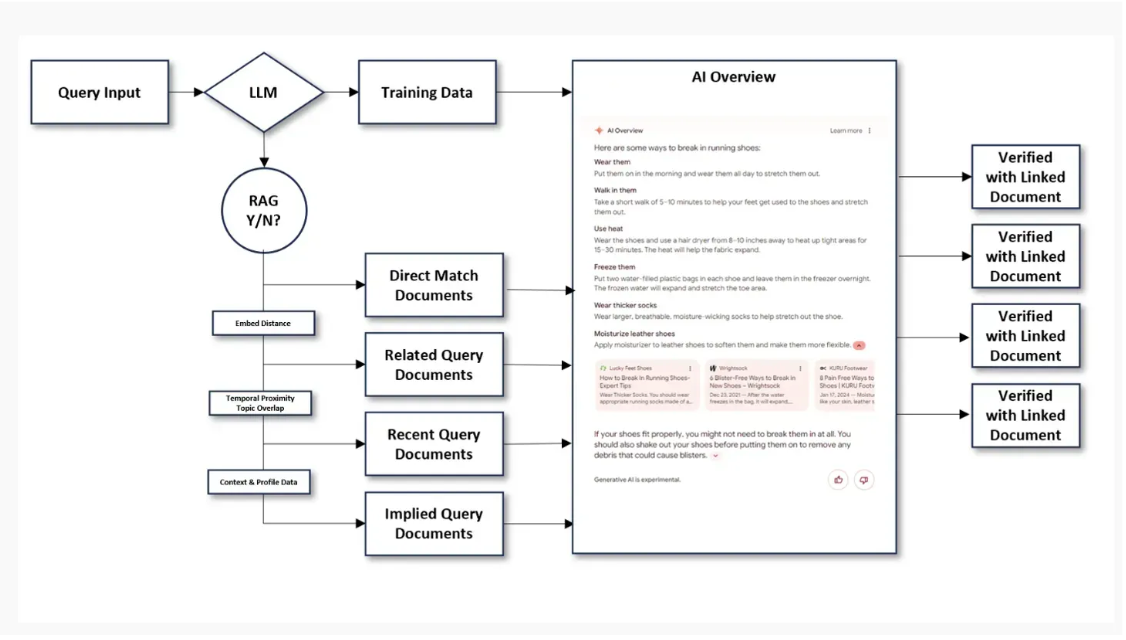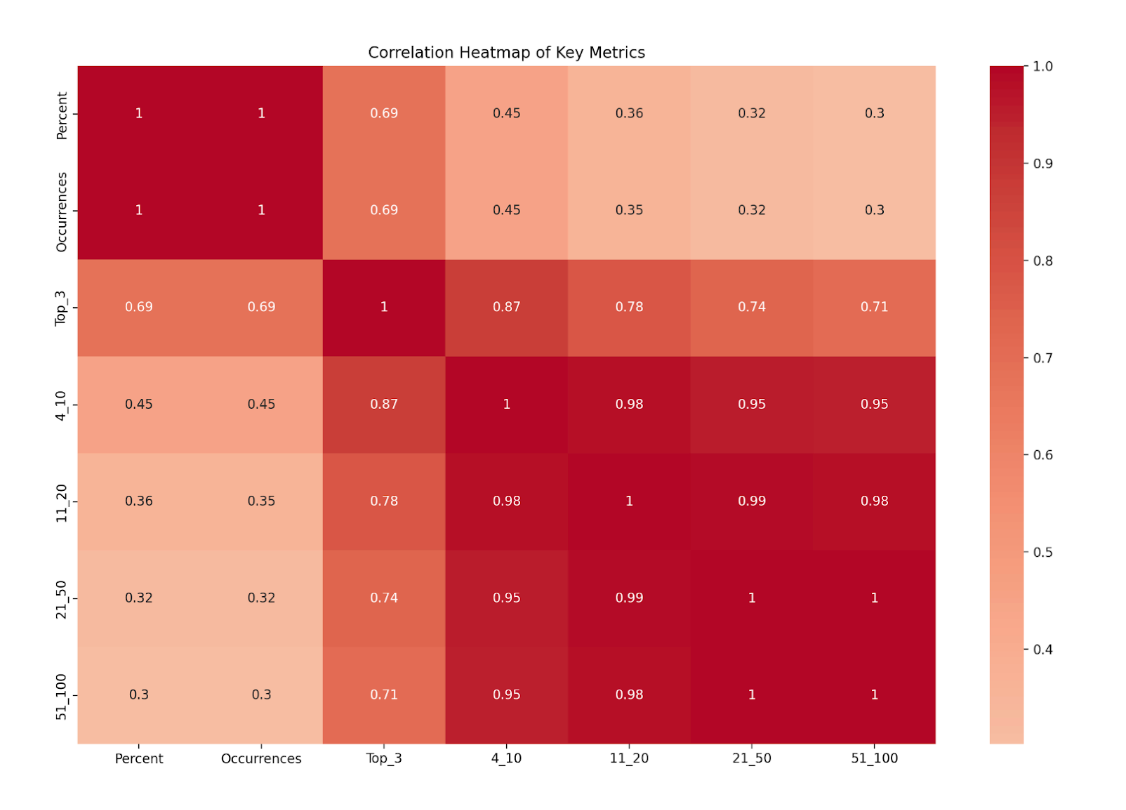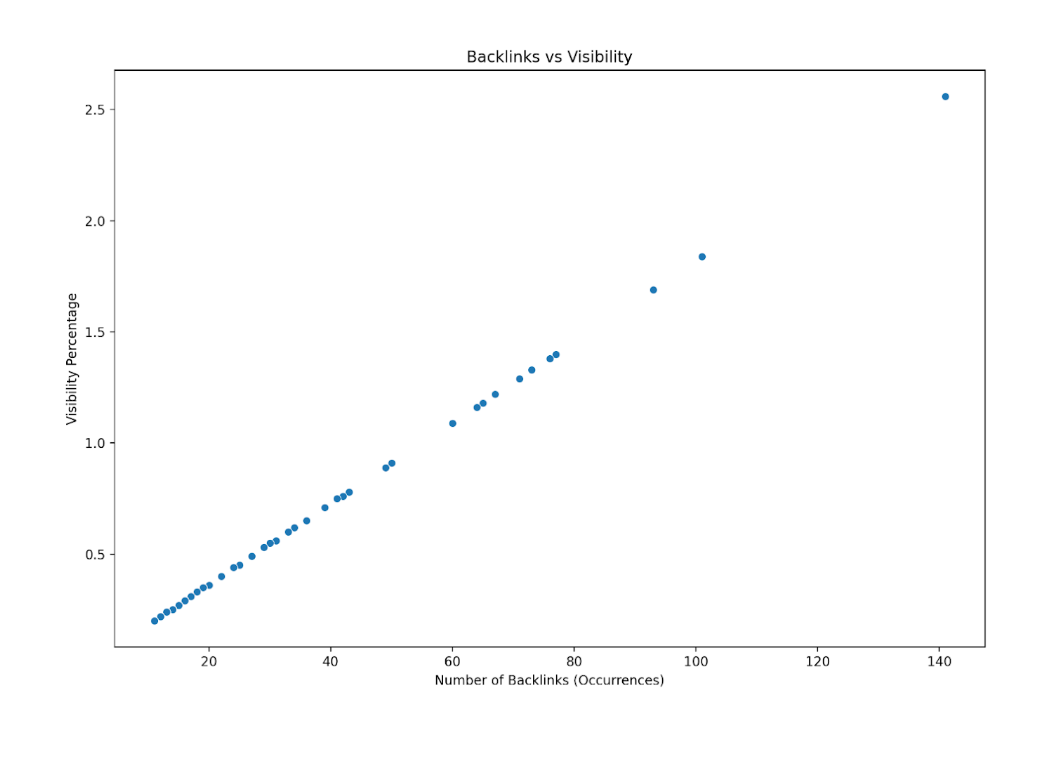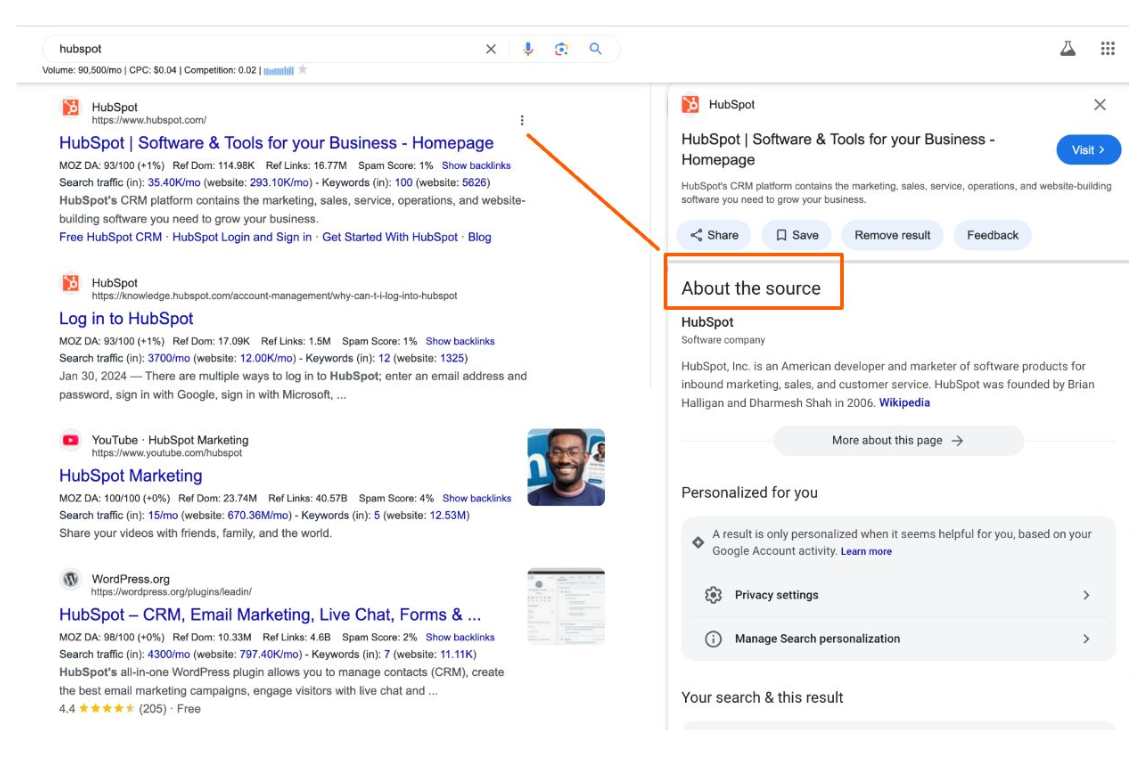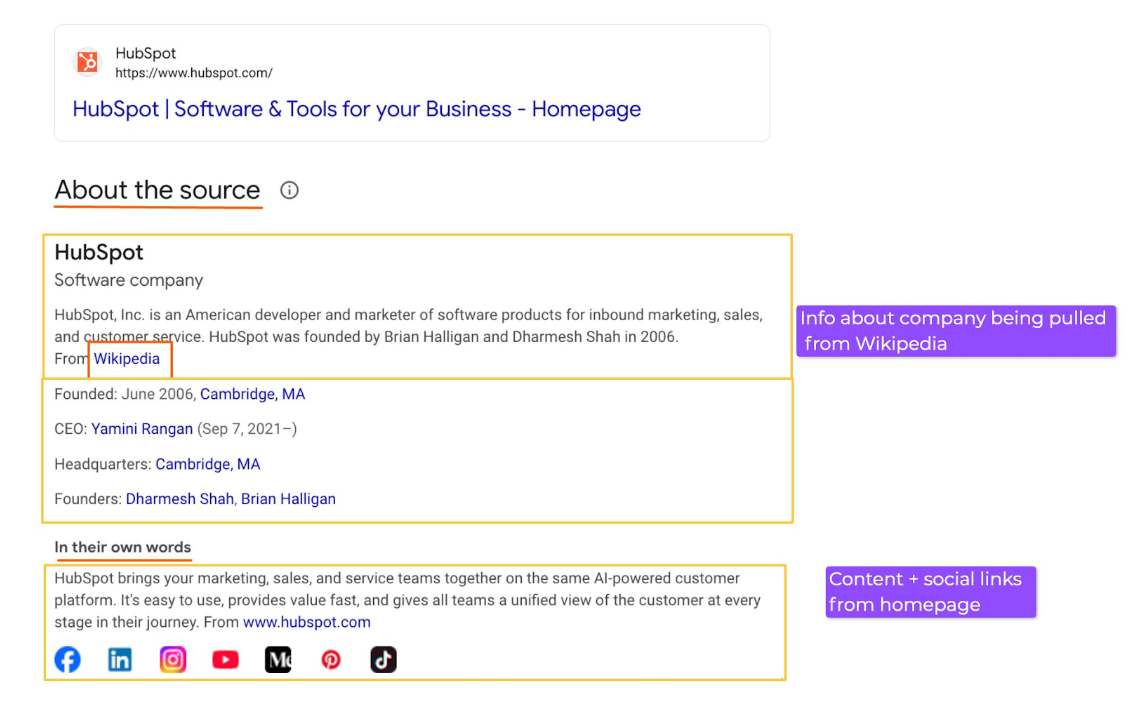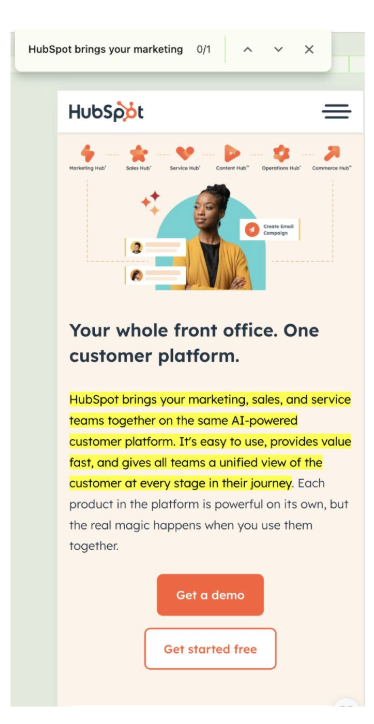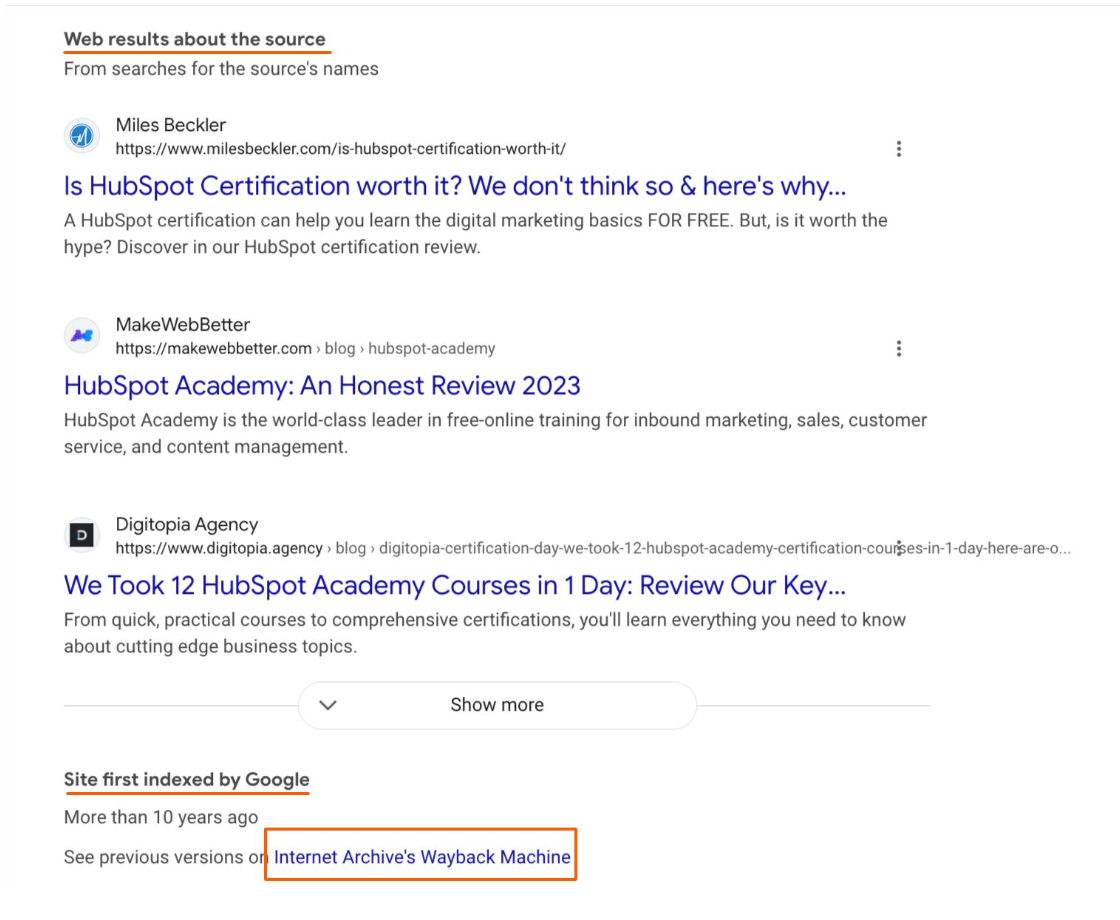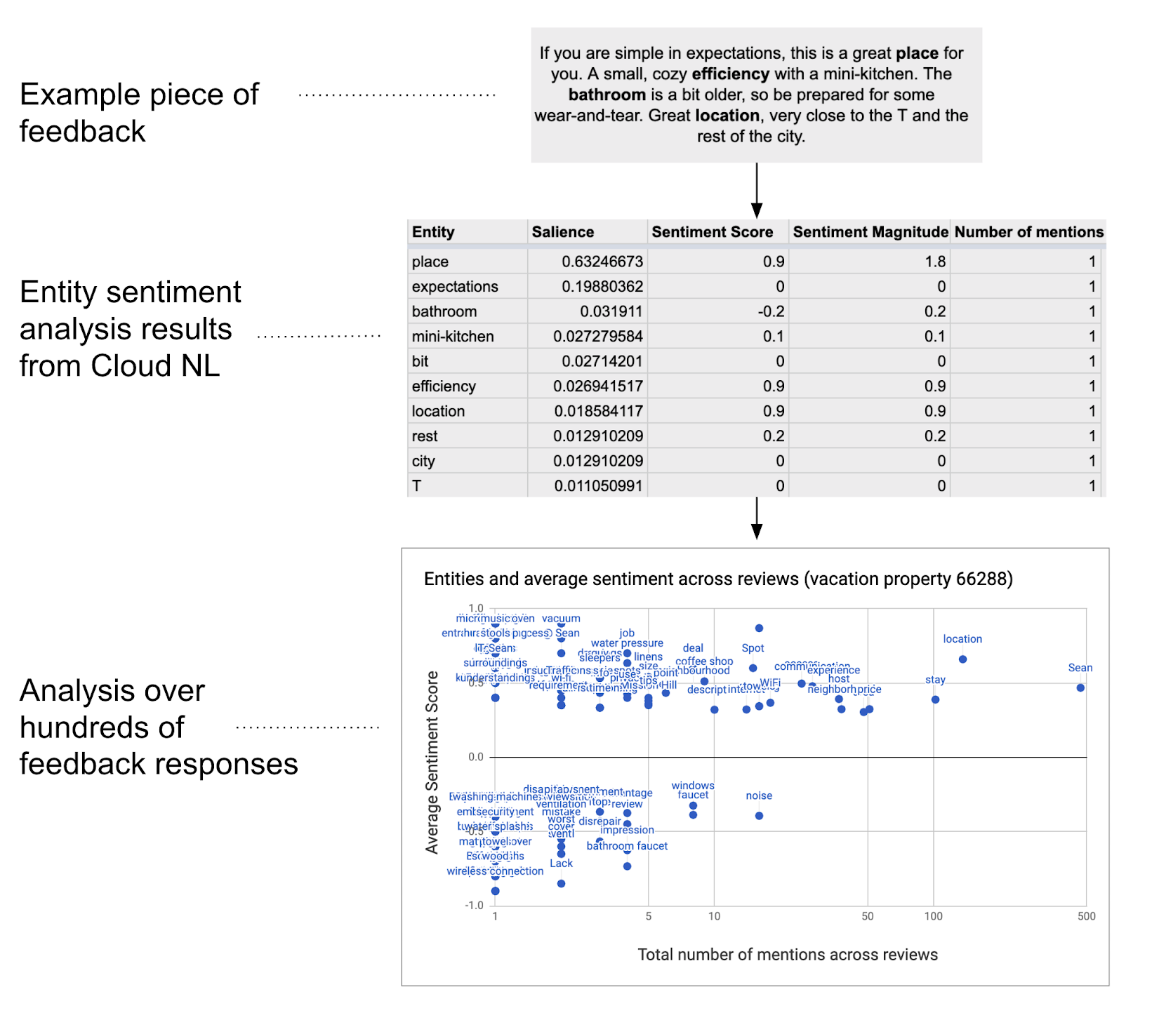How to Build a Brand That Gets Visibility in AI Overviews
Aatif Mohd
11th Dec, 2024 , 10 min read
Accessing search engines was simple before, You head over to a search engine (Google), enter what you are searching about, click links that seem most relevant to your question, you visit the website, find an answer and are a happy user.
Today in the AI era, there is a new way to do things. When you enter what you are searching about An AI answer engine provides a summary to your question, you read answers and can choose to click links to learn more & visit the website if you like.
When an AI answer engine is able to serve a users question without them having to sift through websites while sure a user gets the answer quicker & has a more probability to continue to use the platform An AI answer engine means a decline in impressions, clicks & CTR which could all essentially mean This means a rise in zero click searches A shift in total search volume from solely websites to also include AI answer engines, chatbots and other virtual agents. As of today Google has consistently been making efforts to roll out AI overviews in different countries to offer users access to AIOs at logged in & logged out state. We are sitting 25-30% of the queries across verticals/industries in the US being served by AIOs. Anecdotally, I’ve had several clients/businesses complain about having a lower chunk of traffic today vs before AIOs were triggered & if they need to worry about it. From a business pov, this raises the concern about how can I build a brand online that search engines regularly cite & I am able to nurture my audience with multiple touch points across the buyer journey so that they are primed enough to be ready to transact. For now, a majority of AIOs are triggered for informational queries so a decline in traffic does not really have a business impact on paper. The second cohort is your commercial intent queries where searches append “best” in their query have AIOs triggered the most. This brings some few critical questions that we want to gain clarity on ✅ Where do Google AI Overviews Get Information From? ✅ How does Google AI Overview select and link content? ✅ How do I optimize my content for AI Overviews?
What does Google share about AI overviews for your website
If you were look into Google’s official statement - they say there is no action needed for publishers & creators to gain visibility in AI Overviews
From what I’ve seen Google is notorious for sharing only a small part of information & they safeguard their proprietary data systems which use multiple ranking signals & openly sharing it with the world means abuse & gaming of their algorithm. This often leads to an explosion in spam, dissatisfied users & low quality search results which Google tries to protect with all its might. If you were to follow Google’s advice to T. You are likely going to lose out on the opportunity of getting a headstart vs your competition. SEO has always been about how do you build a MOAT against competition & doing the right things especially when the technology is still in When the technology is in its early adopters phase this means a lot of room for you to play around & gain coverage on search.
How does AI Overview’s cite links & present information
Think of Google’s algorithm as a curator of knowledge, tasked with creating a ‘picture book’—an AI-generated summary that simplifies complex topics for users. To achieve this, the algorithm, much like a meticulous artist building a dinosaur-themed picture book, must decide which sources (or ‘books’) to draw from. Here’s how it goes about selecting and verifying the information.”
Let’s break it down:
Making the Dinosaur Picture (Creating the Summary)
First, Google’s AI needs to make a dinosaur picture (or summary) that explains the topic. It has three places it can look:
- Its Own Brain: It can use things it already knows (like its own "knowledge graph"—basically, things it's learned before).
- Book Search: It can look in the bookshelf (Google search) for books (web pages) to help make the picture.
- Extra Info: It can also use some extra information to find outside of its knowledge base through a special method called RAG (Retrieval Augmented Generation), which helps it get more details.
Google’s search engine is like a massive library, where every web page is a book on a shelf. When the AI overview curates its responses, it behaves like a librarian carefully evaluating which books to feature in a display. It prioritizes books with well-illustrated and verified content, considers how often they’re borrowed (click-through rate), and ensures there’s a variety of perspectives available.
- How often people pick this book when looking for information (kind of like if lots of kids always pick that book).
- Whether the books come from different places or not (it wants a variety of different, good books).
When the AI Overview decides to look for documents, it evaluates them based on several important factors:
- Positional Ranking: Where the document ranks in Google’s search results.
- Selection Rate (Click-Through Rate): How often users click on that document, which indicates its relevance.
- Geographical Area and Language: The system makes sure the document fits the user's location and language needs.
If the top-ranked documents for a query are similar and not diverse or are of low quality, the system then searches for related queries to find better content. For instance, if it's creating a summary about "best running shoes" and finds only similar, mediocre documents, it will look at documents related to queries like "best shoe for men" or "most comfortable shoes." in general. It makes sure these related books / entities are really close to the topic (imagine that they’re neighbors in the bookshelf)
The system uses embedding to identify and measure the correlation between the original query and related queries. Embedding is a way of converting words into numbers so that the system can calculate how closely related two phrases are. If the relationship between the original query and related queries is strong enough—called meeting the correlational threshold—the system considers adding content from those related documents.
To better understand how Google’s AI overviews function and how they choose content, it’s essential to look at their recently published patent. This patent outlines the specific mechanisms Google employs to create accurate, diverse, and reliable AI-generated summaries. It details the steps Google takes to evaluate content, verify its accuracy, and ensure it is contextually relevant.
H/t Rich Sanger
Adding Stickers to the Dinosaur Picture (Adding Links)
Once the dinosaur picture (the summary) is made, Google adds stickers that show which books were used (links). It wants to be really sure the information is correct, so it looks through more books in its bookshelf. Here’s how it does that:
- Finding the Right Books: It checks the top books in the search results—like the most popular books on your shelf.
- Comparing the Facts: It compares each part of the summary to the content in those books. Google makes sure that what’s written in the summary and what’s in the book are close together in meaning, like two puzzle pieces that fit well.
The system also double-checks things like trustworthiness, how many people use the books, and if the books are different from each other. This helps Google decide which books deserve a shiny sticker that tells readers where the information came from.
So, in the end, just like you carefully pick the best books to make your dinosaur picture look amazing and add fun stickers, Google carefully picks web pages to make a summary and add links that people can trust!
Key Takeaways from the patent
- Content Quality and Diversity: To be picked up in either the summary creation or verification stages, your content should be high quality and offer a unique perspective compared to others.
- Optimize for CTR: Documents with a higher selection rate are more likely to be chosen, which means writing compelling titles and meta descriptions can help.
- Be Topical but Also Related: Google uses related queries if the direct content is lacking. Consider creating content that answers both the direct questions and related topics that might support it.
Want to rank higher and create better content? Focus on creating content for humans & not search engines here. Instead of creating content solely to be distributed on search engines, you need to start thinking about how can distribute across other channels especially social channels You can make your content unique and make it super hard for competition to blatantly copy from you while ensuring it has its own voice & ensure it stands out by by adding unique and engaging elements
Some examples of where you can get started
Is this time consuming? Yes
Does this increase the time it takes to publish content on your website. It most likely will if you do things the old way without taking AI’s help.
Here are some AI tools I've used that can help you enrich your content & build moats hard for competitors to copy:
- Claude + ChatGPT + Perplexity for content generation and ideation.
- Ahrefs/SurferSEO for creating SEO-optimized content.
- Midjourney to generate original images.
- Julius AI for data visualization.
- Consensus to find and include insights from research papers.
- Outgrow for building quizzes and calculators.
- Visme for interactive maps
You don’t need to use all of these, but it’s clear that just writing plain content isn’t going to move the needle for businesses anymore.
What are websites that are being cited in AIOs doing right?
To dig deeper into what drives visibility in AI Overviews (AIOs), I conducted a study analyzing the top 50 websites in the U.S. that consistently appear in AIOs. My goal was to uncover what these sites are doing differently and identify any correlations that might explain why they are cited by Google’s AI answer engine more often than their competitors.
Key Finding: The Link Between Rankings and AIO Visibility
One of the most notable insights from the study is a moderate positive correlation (0.35) between keyword rankings and visibility in AIOs. This suggests that websites already performing well in Google’s search results—those with high-ranking pages—are more likely to be cited in AI Overviews.
In other words, if your site is doing most of the right things in terms of SEO and Google sees your content as authoritative and relevant, you are more likely to earn a spot in AIOs. Essentially, strong performance in traditional search rankings lays the groundwork for AI citations.
Ranking Bands and AIO Citations If you’re SEO program is not as mature, this isn’t the end of the world, there’s still opportunity for you here
. From my analysis, I see there is high correlation between adjacent ranking bands particularly between positions #11-20 and #21-50. This indicates that citation counts and rankings within these tiers are closely linked.
In many cases, Google’s AI Overview treats the top-ranking documents as relatively similar in terms of content and value. When the system detects this overlap, it may actively seek out more differentiated perspectives to enhance the summary it presents.
An Opportunity for Challenger Brands
Challenger brands often operate without the deep pockets of market leaders, but they can still carve out visibility by offering content that stands out. If your content showcases genuine expertise, first-hand experience, or a fresh perspective, you have a real opportunity to be cited—even if your site isn’t in the top 10 organic rankings.
Take, for example, a B2B SaaS startup offering supply chain management software. Leveraging proprietary research to provide unique data points competitors lack.
This targeted approach aligns with AI’s preference for content that fills informational gaps, increasing the likelihood of citation in AI overviews. By focusing on specificity, depth, and actionable value, challenger brands can compete effectively, even without the organic rankings advantage that established players might have.
Backlinks in AI Overview Citations
Another key insight from my analysis is the strong correlation between backlinks and occurrences in AI Overviews. The current algorithms seem to heavily favor well-known brands that are widely cited across the web.
This makes sense when you think about how Google evaluates authority. A website with a robust backlink profile—built from diverse and credible sources—is more likely to be seen as trustworthy and authoritative. Naturally, this trust translates into a higher likelihood of being cited by AI Overviews compared to competitors with fewer or lower-quality backlinks.
Challenge for Emerging Brands
For smaller or less-established websites, this creates a significant challenge.
Competing against industry leaders with extensive backlink networks can feel like an uphill battle.
However, it also underscores the importance of strategic link-building and creating content so valuable and unique that others are compelled to link to it organically.
SEO and Brand Building
I came across a ton of discussions lately emphasizing the importance of brand building in securing visibility within Google's AI answer engine. While many articles stressed the power of branded searches and their role in driving business growth. I noticed a gap,
there was little actionable advice for SEO professionals and businesses looking to invest in brand-building strategies that withstand algorithm updates & increase citations in AI Overviews.
That’s when I stumbled on a game-changing insight straight from the source—Google itself. If you're wondering what "brand building" means in the context of SEO and how you can get started. Don’t worry—I’ve got you covered.
Quick Audit: What Does Google Know About Your Brand?
Start by searching your brand’s name on Google. Then, click the three dots next to your URL and select “More about this page.”
You’ll notice four key sections that reveal how Google perceives your brand. Here’s how you can optimize each one:
1) About the source
This section often pulls information from your brand’s Wikipedia listing.
Things to do ✅ Does your business have an accurate Wikipedia listing? Start by creating one ✅ If a Wikipedia page isn’t feasible, work on getting listed in other knowledge bases or platforms Google might reference.
2) In their own words
This content which Google picks from the homepage, meta description or structured data accessible to them
If you see the “In their own words” section here the content here is being pulled from the copy present on Hubspot’s homepage.
Things to do
✅ Ensure your homepage copy and meta description clearly articulate your brand's identity and offerings.
✅ Maintain consistency across your structured data to give Google the same context everywhere.
3) Web results about the source
These are all the web results that have been cited about you.
The goal here for you should be to ensure you have enough web results talking about you to let Google pick a few of these.
Things to do
✅ Start by getting covered in a few reputable websites related to your vertical
The ideal number here lies between the gap where you are vs competition Don’t just stop at getting cited by these source.
✅ Take a step further & see what is the overall sentiment within these sources You want to aim to have a positive or neutral tone & sentiment here. Google also factors in sentiment as a signal to decide which websites to rank higher & show within AI overviews amongst other things.
4) Site first indexed by Google
Google uses the age of the domain to establish credibility.
Things to do
✅ Take a step further to ensure you have your website’s pages archived in Wayback Machine This can help establish a verifiable history of your brand’s presence.
Optimizing these four sections not only helps Google better understand your brand but also sets you apart from competitors.
It’s about laying the groundwork to ensure your brand consistently appears in search results, remains resilient to algorithm updates, and earns citations in AI Overviews.
The brands that adapt quickly to this evolving search environment will be the ones to thrive.
The future of search is here, and it’s driven by relevance, value, and creativity. The question is: how will your brand rise to the challenge?
Would you like to make an integrative set of choices that positions you on a playing field of your choice in a way that you win?
If growth is on your radar, It's time to double down on search - whether it's Google, Bing or search/discovery platforms like ChatGPT, Perplexity, Claude & Gemini email us at aatif@gamechangrs.co to start the conversation.
Unlock your business's true potential with reactive SEO
Copyright © 2023 Aatif Mohd Ltd, All rights reserved.
Made in Typedream



